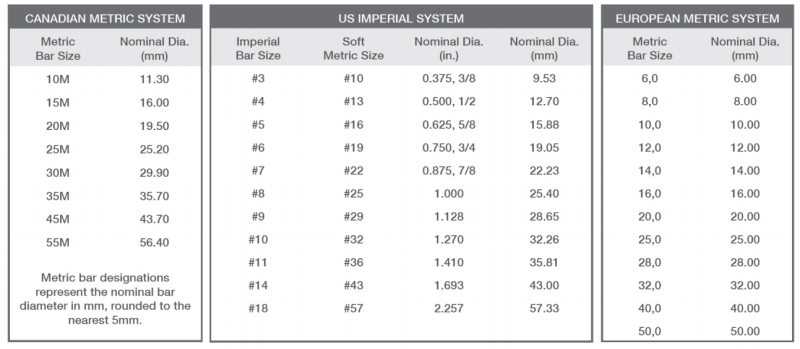-
1
- #1
TidePoolJunkie
Structural
Hi all--just wondering if anyone knows how the sizes of canadian rebar became convention. The US has sizes that are in increments of 1/8" diameters, Europe has sizes that are in even # increments of diameters. Canada has size names that are in increments of 5mm diameters but the actual diameters are slightly different, unlike US and European sizes.
cheers

cheers

